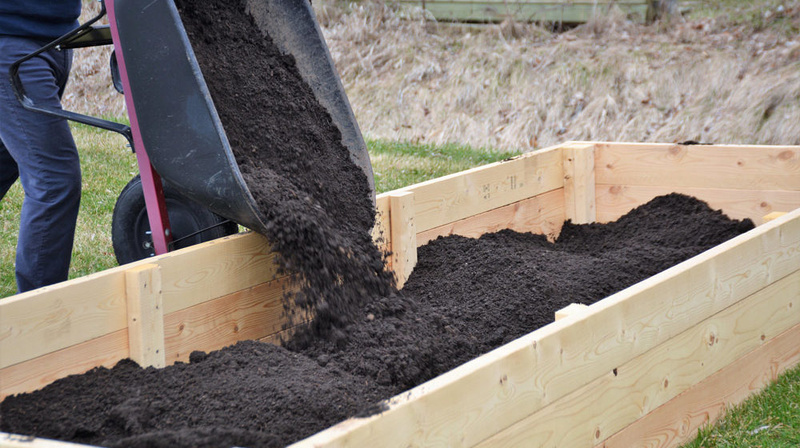
Is It Too Hot for Vegetables?
July is too hot for planting more than a few vegetables. Maintain your current garden and prepare for your future one. Construct raised beds or mounds to improve drainage and consider a soil solarization system to rid the soil of unwanted pests, weeds, and diseases.
July is one of Florida’s hottest months. Will your vegetable garden survive? Is it worth planting anything new? This is a tricky problem for Florida gardeners, but we can help you tackle it! Read on to find out what you can plant this month and how to prepare your garden for the coming scorchers.
Vegetables to Plant in July
At this point in the year, the heat and humidity are high, day after day. Most vegetables have difficulty thriving in these conditions, and only a couple may be planted now. If you’re a fan of okra or Southern peas, you’re in luck: now is the time to plant. You can also start your Halloween pumpkins now.
You may choose to start seeds indoors. Tomatoes, eggplants, and peppers can all be started this month in preparation for planting in August.
Care for What’s There
Do you already have some veggies growing? Plants like sweet potato and chayote may quickly spread and take over the garden. Don’t let them run wild; prune them to keep them contained and ensure you still get a good crop out of them! This is also true for herbs like mint and sweet marjoram.
Prepare for Future Gardens
Even if you’re unable to plant the bountiful vegetable garden you were dreaming of, you can use this time to prepare the space and the soil for August or September planting.
If you notice areas of your garden that are getting too wet from the near-daily summer rains, use this time to consider, plan, and construct raised beds or mounds.
Soil Solarization
If your garden beds are empty, you might implement a soil solarization system to rid the soil of undesirable insects and bacteria. This is done by securing a tight layer of clear plastic to the ground to trap the heat of the scorching summer days. The result is soil that reaches a high enough temperature to kill diseases, weeds, and pests. Soil solarization is especially helpful in eliminating nematodes, which can cause devastating damage to plant root systems.
Get started with 1.5mm-thick clear plastic. It needs to be a little larger than the area you plan to solarize. First, prepare the site. Wet the soil and till the top six inches for optimal heat penetration. Next, rake the site and make sure that the center is raised; this will prevent water from pooling on top of the plastic. The last step is to bury the edges of the plastic so that the sheet is completely sealed.
Before you get started, keep the following in mind:
- As the name suggests, the success of soil solarization is dependent on the sun. Any shade from buildings or trees will make it much less effective.
- Make sure the soil is moist when you start since moisture helps with heat conduction. Apply and secure your cover the day after rain or watering.
- Keep the soil covered for at least six weeks for best results!
While July may not be the best month for planting, you can still cultivate a few crops or use the time to proactively prepare your garden for the coming months.